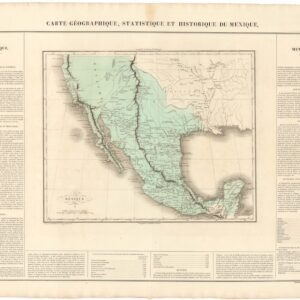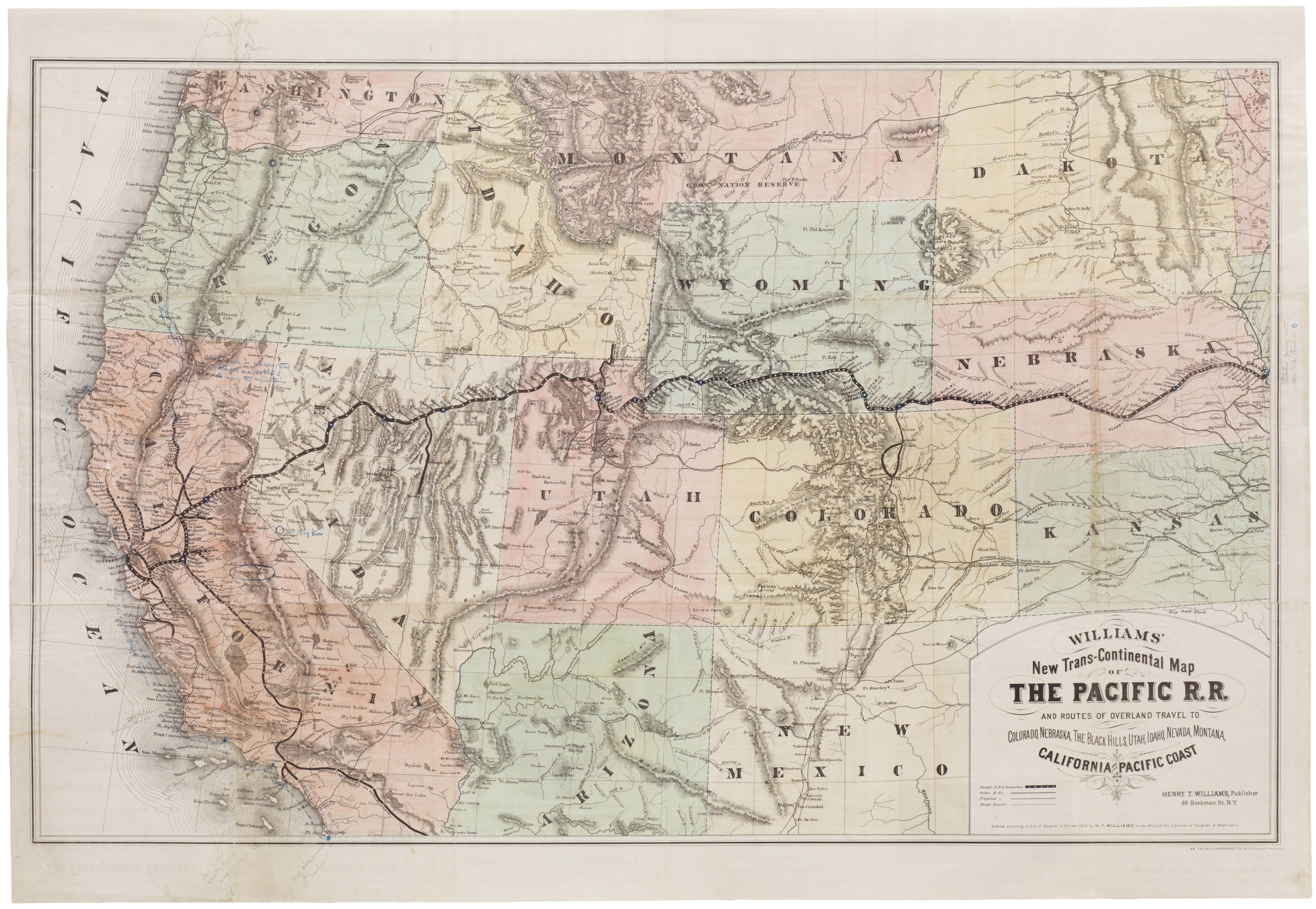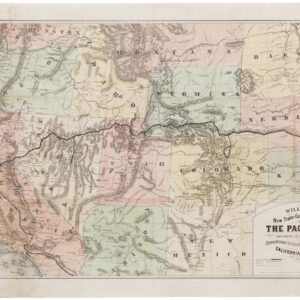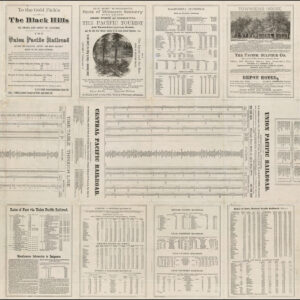Filling in the map of the American West.
Map Showing the different routes travelled over by the Detachments of the Overland Command in the Spring of 1855 from Salt Lake City, Utah to the Bay of San Francisco.
Out of stock
Description
Covering from the Great Salt Lake and the Wasatch Range to the Pacific Ocean and from the Rogue River to the Mexican border, this map was produced in 1855 by the U.S. War Department to inform Congress of explorations and advancing geographic knowledge of territory (Alta California) acquired in the Mexican-American War.
Mountains, waterways, forts, and settlements, including San Francisco, Los Angeles, San Diego, and a very early appearance of Las Vegas, are noted throughout. The routes taken or proposed by various army officers between forts are also traced. A very large Tulare Lake and adjacent wetlands serve as a reminder of the vastly changed landscape of the Central Valley.
The routes traced here helped to fill in the map of the vast new territories acquired by the United States in the preceding decade. Although Fremont, Kearney, and others had charted initial overland routes to California, much of the geography of the lands between the Rockies and the Pacific Ocean was only cursorily known, if that. These Army expeditions helped to find new mountain passes, dispel cartographic myths, and blaze new trails for (relatively) safe and easy travel through to the West Coast. That being said, the California Gold Rush was waning by the time this map was published, while a railway across the isthmus of Panama opened the same year, providing a somewhat fast and reliable route between the eastern U.S. and California.
This map accompanied correspondence by U.S. Army officer Rufus Ingalls, whose route into Oregon can be seen here, in the annual Report of the Secretary of War to Congress. Ingalls served as a quartermaster in the U.S. Army and was a West Point classmate and friend of Ulysses S. Grant. During the Civil War, he was Quartermaster of the Army of the Potomac, which included working closely with Grant in the closing campaigns of the war.
Cartographer(s):
Condition Description
Wear and some loss along centerfold expertly repaired with archival tissue. Discoloration along fold lines. Foxing, especially towards bottom-left.
References






